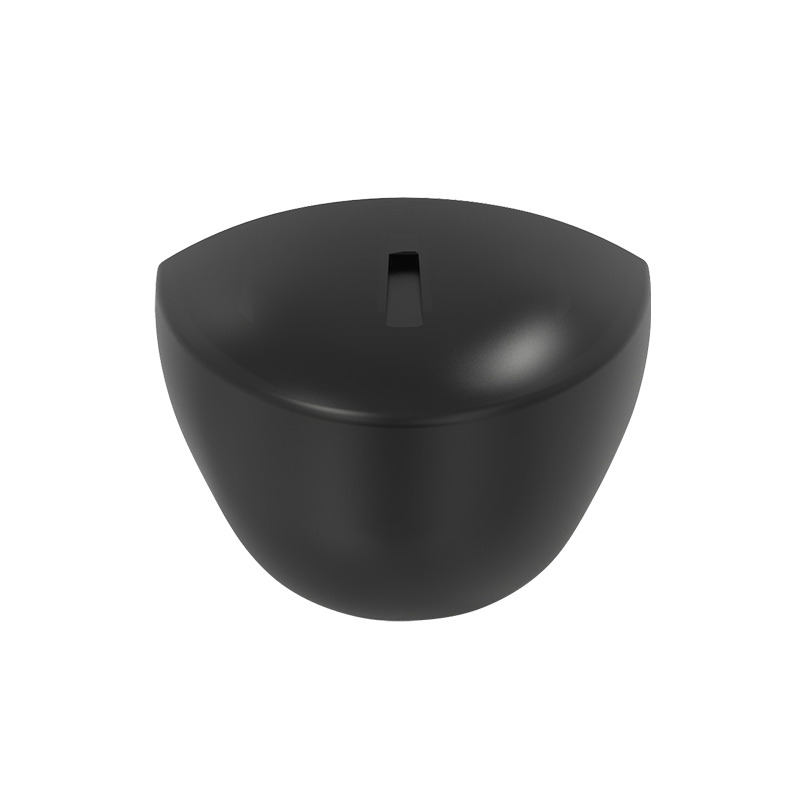Quali passaggi sono coinvolti nel test e nella calibrazione dei sensori automatici per porte per garantire un funzionamento coerente e ridurre al minimo i falsi rilevamenti?
I sensori automatici delle porte sono una componente cruciale degli edifici moderni, fornendo un accesso senza soluzione di continuità per gli individui mantenendo l'efficienza energetica e la sicurezza. Tuttavia, per garantire il loro funzionamento costante e ridurre al minimo i falsi rilevamenti, è essenziale testare e calibrare regolarmente questi sensori. Qui approfondiamo i passaggi coinvolti in questo processo cruciale.

1. Ispezione iniziale
Il primo passo nel test e nella calibrazione è un'ispezione approfondita del sensore e del suo ambiente circostante. Ciò comporta il controllo di eventuali danni fisici, accumulo di sporco o ostruzioni che potrebbero influire sulle prestazioni del sensore. Inoltre, l'ispettore deve valutare la posizione di installazione, assicurandosi che non sia esposta alla luce solare diretta o ad altre fonti di interferenza.
2.
Il test funzionale prevede la verifica del funzionamento di base del sensore. Ciò include il controllo della capacità del sensore di rilevare la presenza di una persona o di un oggetto e attivare di conseguenza i meccanismi di apertura e chiusura della porta. Questo passaggio prevede anche il test del tempo di risposta e della sensibilità del sensore per assicurarsi che siano entro intervalli accettabili.
3.
La calibrazione è un passo cruciale per garantire la precisione del rilevamento del sensore. Questo processo prevede la regolazione delle impostazioni interne del sensore per ottimizzarne le prestazioni in base alle specifiche condizioni ambientali. Ad esempio, se il sensore è installato in un'area ad alto traffico, il processo di calibrazione potrebbe comportare la regolazione della sensibilità per ridurre al minimo i falsi rilevamenti causati dai pedoni di passaggio.
La calibrazione può anche includere la regolazione dell'angolo di rilevamento del sensore e della soglia per attivare il meccanismo della porta. Ciò garantisce che il sensore possa rilevare con precisione gli obiettivi previsti ignorando oggetti o movimenti indesiderati.
4.
Dopo la calibrazione, è essenziale condurre test di sensibilità per assicurarsi che il sensore non sia troppo sensibile o insensibile. Ciò implica testare la risposta del sensore a vari oggetti e movimenti, come persone che camminano a velocità diverse, spingono carrelli o trasportano oggetti di grandi dimensioni. L'obiettivo è quello di garantire che il sensore possa rilevare costantemente i bersagli previsti ignorando movimenti o distrazioni minori.
5.
Il test di interferenza è fondamentale per garantire che le prestazioni del sensore non siano influenzate da fattori esterni. Questo passaggio prevede di testare la risposta del sensore a varie potenziali fonti di interferenza, come rumore elettromagnetico, luce solare diretta o altri sensori che operano nelle vicinanze. L'obiettivo è individuare eventuali interferenze potenziali e adottare misure per mitigarne l'impatto sulle prestazioni del sensore.
6. Documentazione e Monitoraggio
Infine, è essenziale documentare il processo di test e calibrazione, comprese le eventuali regolazioni apportate alle impostazioni del sensore. Queste informazioni possono essere utilizzate come riferimento per la manutenzione o la risoluzione dei problemi futuri. Inoltre, si consiglia di monitorare regolarmente le prestazioni del sensore nel tempo per garantirne il funzionamento continuo.
In conclusione, test e taratura sono passaggi cruciali per garantire il funzionamento coerente e ridurre al minimo i falsi rilevamenti di sensori automatici delle porte. Seguendo i passaggi sopra descritti, i proprietari degli edifici e il personale addetto alla manutenzione possono garantire che i loro sistemi automatici delle porte forniscano un servizio affidabile ed efficiente ai loro occupanti.







